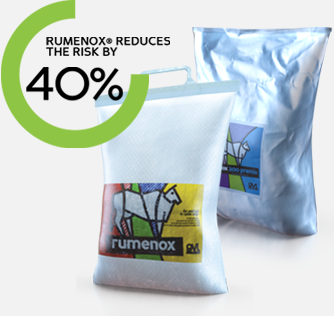There’s a lot of Ketosis about this season..
About half the herds we have tested this year have had similar results to these below and indicates there are real issues with both Subclinical Ketosis (SCK) and Clinical Ketosis (CK) in local herds.

BOH – is a measurement of ‘blood ketones’ and healthy/ well managed cows blood BOH normally falls between 0.20 – 1.00 mmol/L
+ Why is this important premating?
Both NZ and international research confirms cows with SCK or elevated blood ketone levels that appear clinically normal are more prone to health issues such as:
· Metritis/ Endometritis
· Not cycling
· Decreased conception rates
· Severe Mastitis
· Displaced gut
· Developing Clinical ketosis.
o These cows look either ‘dopey’ or aggressive and some farmers may note these cows salivating excessively and chewing bars in the yards
+ Why is this season an issue more than others?
· The majority of cows this season benefitted from a kind winter and calved in better body condition (more fat cows)
· The majority of herds are experiencing higher levels of production in early lactation, while at the same time pasture covers are taking slightly longer to start rising
· These two factors above mean there are a greater number of cows milking well and mobilising their body reserves (fat and protein stores) to maintain high levels of production.
+ What are your options to detect & minimize Ketosis?
Detection
· Basically if the cow’s udder is wider than her gut, she is at risk!
· Cows with ‘wearables’ (collars/ eartags / pedometers) – look for reduction in rumination rates
· Blood tests/ cow side ‘energy checks’ that vets can assist with
· Observation of cows – dopey or aggressive cows are a sign of ketosis
Minimising Ketosis
· Put high risk animals on OAD
· Inject B12 – (B12 is needed for enzymes that produce blood glucose in the cow which is ‘protective’ for ketosis)
· Increase dry matter intakes in general
· Increase carbohydrates – molasses, maize silage, tapioca, kibbled Maize, barley
· Use ionophores such as Rumenox ® - these products modify the bacteria population in the rumen and improve rumen efficiency in a way that minimises Ketosis
NOTE: Products such as Rumenox ® also have the added benefit of offering ‘BLOAT’ prevention





Comments